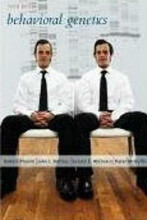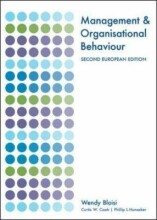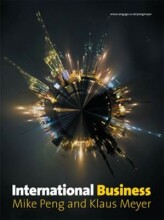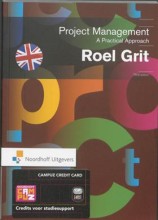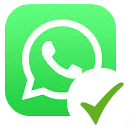The inflectional tense system
9 important questions on The inflectional tense system
What are the major uses of the preterite tense?
1. PAST TIME
- Examples: "He arrived yesterday."
- - Shows events that occurred in the past.
- Examples: "Ed said he was ill."
- - Present tense is shifted back to preterite in reporting.
- Examples: "I wish I knew the answer."
- - Indicates a counterfactual or remote possibility.
How does the BACKSHIFT use of the preterite tense function?
- "Ed said he was ill."
- "I thought it started tomorrow."
What does MODAL REMOTENESS refer to in the preterite tense?
- "I wish I knew the answer."
- "I'd do it if you paid me."
- Higher grades + faster learning
- Never study anything twice
- 100% sure, 100% understanding
What is the difference between PAST TIME and BACKSHIFT uses in the preterite tense?
- PAST TIME indicates completed past actions.
- BACKSHIFT reflects present tense in past reporting.
- - Example: "She thought it starts tomorrow." vs. "She thought it started."
How does the MODAL REMOTENESS use differ in terms of time?
- Counterfactual situations: "I wish I knew."
- Likely scenarios: "I'll do it if you pay me."
Why is it important to distinguish between uses of the preterite tense?
- The PAST TIME denotes historical events.
- The BACKSHIFT and MODAL REMOTENESS involve different implications.
- Enhances understanding in communication and grammar.
What are the two main uses of the present tense according to the provided information?
1. PRESENT TIME
- Example: I promise I'll help you.
- - Example: She lives in Sydney.
- Example: Exams start next week.
- - Example: I'll go home when it gets dark.
How does the present tense indicate present time in examples [22(i)]?
1. Showing simultaneous actions, like in
- I promise I'll help you.
2. Demonstrating states that exist at the moment, like in
- She lives in Sydney.
How is the present tense used to express future time in examples [22(ii)]?
1. Events that are scheduled, e.g.,
- Exams start next week.
2. In subordinate clauses without scheduling, e.g.,
- I'll go home when it gets dark.
The question on the page originate from the summary of the following study material:
- A unique study and practice tool
- Never study anything twice again
- Get the grades you hope for
- 100% sure, 100% understanding






















